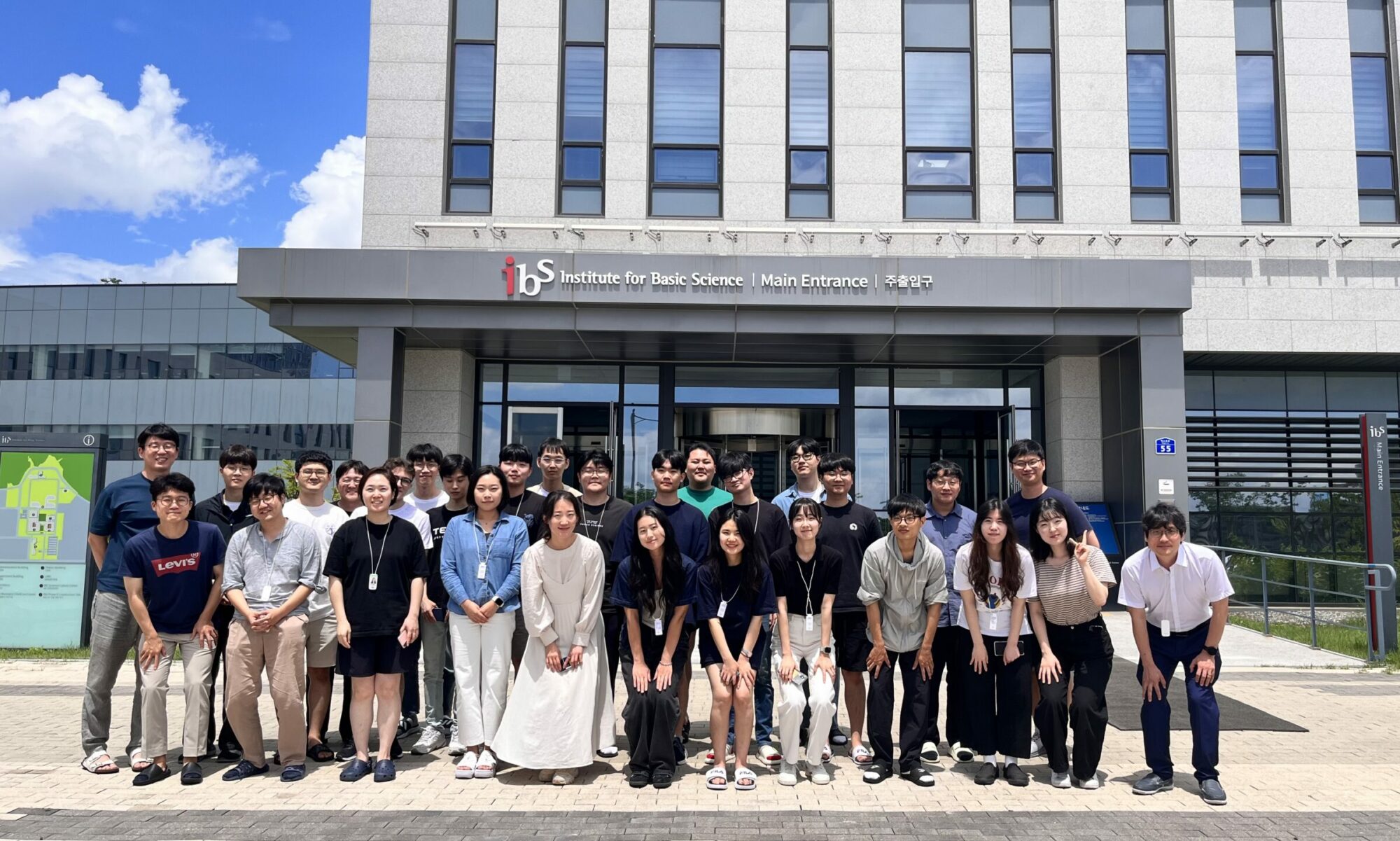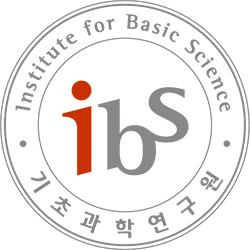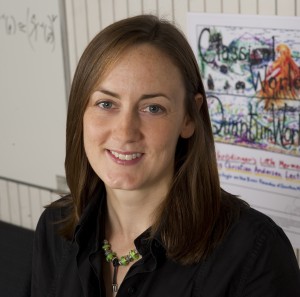Biofluiddynamics of reproduction
ZOOM ID: 709 120 4849 (ibsbimag) (pw: 1234)This talk will be presented online. Zoom link: 709 120 4849 (pw: 1234) Abstract: From fertilization to birth, successful mammalian reproduction relies on interactions of elastic structures with a fluid environment. Sperm flagella must move through cervical mucus to the uterus and into the oviduct, where fertilization occurs. In fact, some sperm may adhere to …




